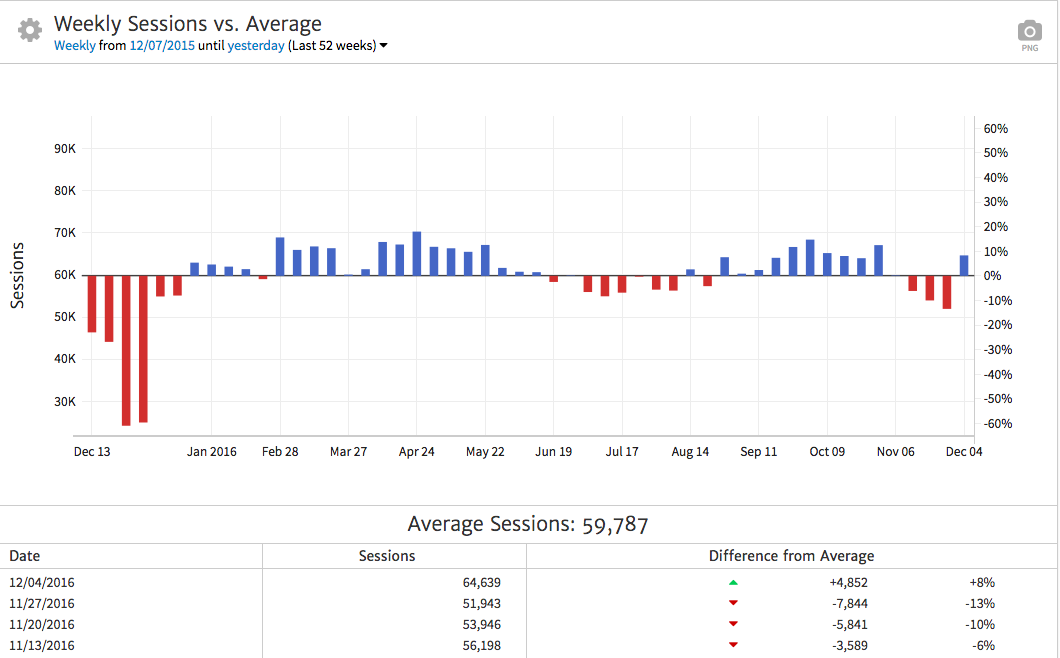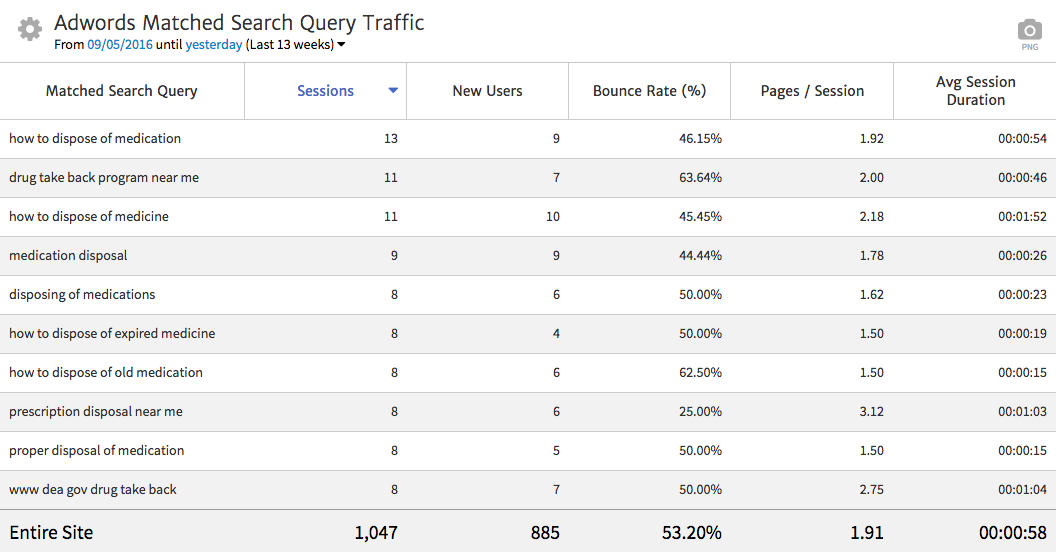May 21, 2024
Building Marketing Analytics Reports for Healthcare Clients
By Megalytic Staff - January 03, 2017

Identify the Website’s Purpose
To start, identify why your healthcare client’s site exists and what their goals are. While this may seem like an obvious question to address, you should have clear goals in mind for running the campaign and accurately reporting on results.
Within the healthcare industry, your client could fit any one of several possible niches with varying goals. For example:
- Hospital: goal of building trust in a community and acquiring new patients for a variety of services
- General practitioner’s office: goal of adding new patients who choose this doctor as their primary care provider
- Specialist’s office (internal medicine, podiatry, etc.): goal of increasing patients
- Pharmaceutical company: goal of increasing medication sales to businesses and/or consumers
- Health insurer: goal of increasing enrollment from business and/or individual plans
From here, identify the conversion points that equal “success” for your client, and focus on these metrics in your reports.
Report on Multiple Conversion Touchpoints
Within the healthcare industry, consumers often conduct multiple searches and hit multiple pages before making a decision to contact an organization. For instance, someone may not immediately be looking for a new primary care physician but may be researching causes for leg pain.
However, upon finding an article on a doctor’s site about possible causes for leg pain, the potential patient may then see that doctor as a knowledgeable practitioner and schedule an appointment. Eventually, after a good experience from that appointment, the patient may then choose that doctor as a primary care physician.
When deciding what online goals to track in Google Analytics and ad platforms, it is important to recognize that multiple interactions with a brand may be necessary to lead to a final conversion. For that reason, it becomes valuable to track activity from an entry point of interaction (for instance, downloading an ebook and entering an email list) to later points of contact (for instance, filling out a “Schedule an Appointment” form).
It may also make sense to separate conversion points between potential and current patients/customers to measure both how you’re acquiring new people and how existing patients/customers are engaging with your brand.
For example, a health insurer should measure new leads from potential businesses looking to choose its plans but should also measure how often existing customers log into an online portal. Frequent usage of services by current customers may imply that they are more tied to your brand and less likely to consider switching to a competing insurance provider. Conversely, if clients are not taking advantage of these opportunities, that may represent issues with awareness or user experience that could be improved to strengthen existing relationships and increase retention.
Benchmark Performance Over Time
While reporting on long-term trends is crucial for any online campaign, you should especially focus on larger time periods for healthcare clients. The bureaucracy and regulations surrounding the healthcare industry often mean that campaign approvals move slowly. If you aren’t able to update and test as frequently as you would for clients in other industries. In addition, ad platforms can take longer to approve ads for the health and pharmaceutical realms.
As long as you have access to the data, you should look at not just monthly but quarterly and yearly trends. Watch for long term increases or decreases in traffic volume, conversions, conversion rate, and cost per conversion. For awareness-focused campaigns, monitor changes in engagement-based metrics like average session duration and pages per session.
For businesses that see seasonal trends, make sure to identify those on analytics graphs. For instances, health insurance companies will encounter a spike in new business activity around the period of open enrollment. In this case, comparing data to the same period last year will prove far more informative than comparing to the previous month, before open enrollment started.
Identify What Consumers are Asking
72% of consumers look for health information online, and 77% of those start with a search engine, according to a Pew Research Center study . Reporting on what these people search for will help inform current performance and future strategies. For this purpose, there are a couple of trends to watch for when reporting on search queries.
First, “near me” searches have grown concurrently with the omnipresence of mobile devices. According to Google, over 50% of health-related searches contain the phrase “near me.” People search with local intent, expecting that Google will automatically find the best results near their current location. For local hospitals and doctors’ offices, these searches indicate the importance of both local organic ranking and geotargeted paid campaigns.
Next, consumers increasingly use Google to ask questions about health concerns , such as “Is bronchitis contagious?” or “How long does the flu last?” By showing search queries in your reports, you can identify what users are searching to get to your clients’ sites and help to inform future content. Conversely, you can identify what queries are not in the list of those leading people to your site. Use reporting to call out these opportunities and present possible tactics to draw in more searchers.
If you’re running paid campaigns, you can show search terms matched to paid keywords. For organic search, you can show queries from Google Search Console. Use these to inform both observations on queries that correlate with positive performance, as well as finding opportunities to inform new content recommendations.
Conclusion
In this article, we’ve highlighted several areas of importance to consider for healthcare analytics reporting. Identify goals and report on the multiple stages potential patients or customers go through during research. Benchmark data over time to account for long-term acquisition cycles and slow approval processes. Finally, highlight search activity to capitalize on current performance and inform new content.
By keeping these steps in mind, you’ll present better reports to your healthcare clients. In addition, you’ll find more opportunities to present them with ideas for future campaigns and content.



